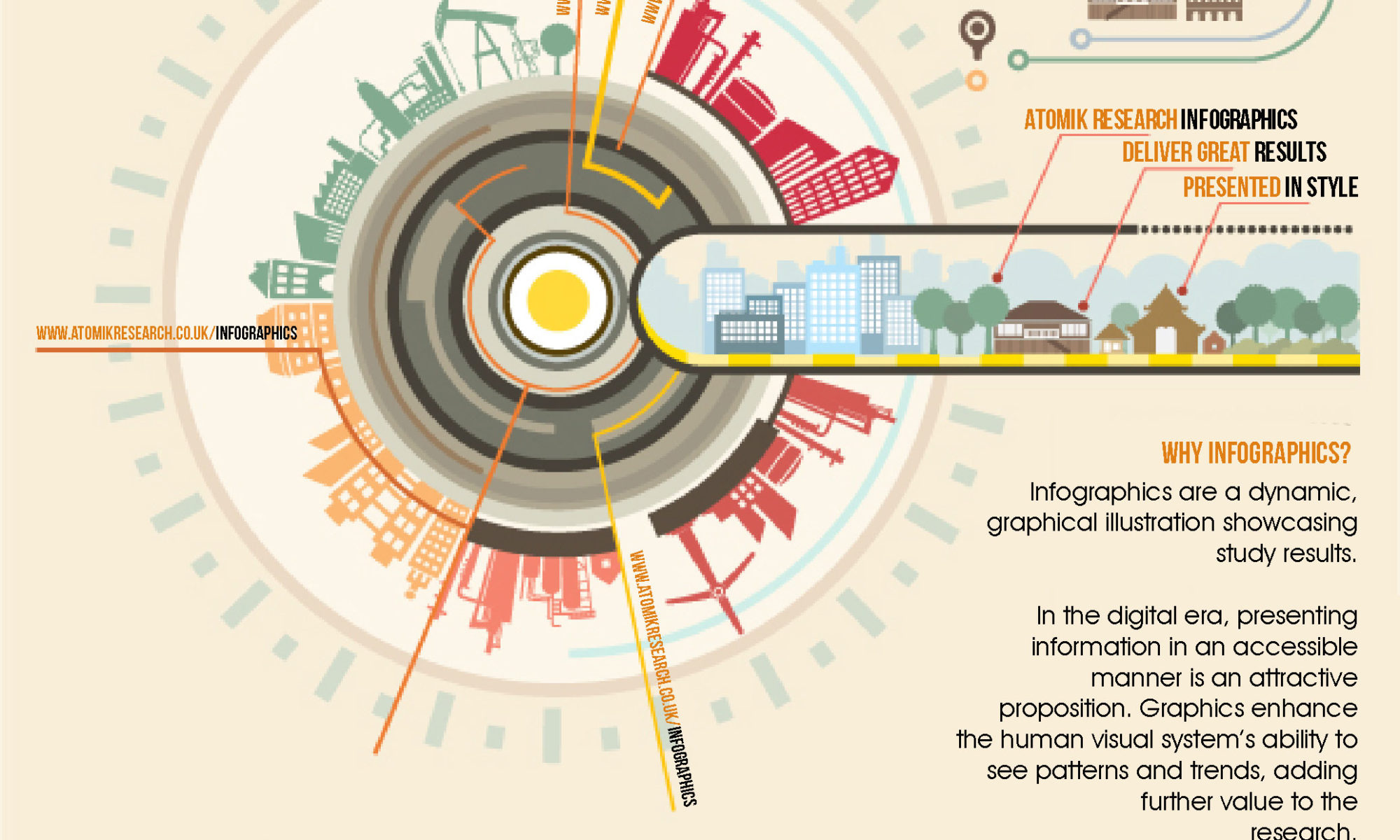1. Think of three good research questions that could be answered using this approach.
- An examination of the adoption of Microsoft’s Teams in a Year 7 cohort (researcher created data – visualisation)
- A study of the use of a new work-based ‘smart space’ (researcher created data – photo and video records)
- A week in gaming: a study of the gaming activities of five Year 6 pupils over the course of one week (participant-created video and photo diaries)2. What assumptions about the nature of knowledge (epistemology) seem to be associated with this approach?
Photo journals and diaries (participant or researcher-created), participant image-creation, photo essays and photo/graphical-elicitation are associated with qualitative approaches and methods such as interviews and ethnographies. As such, they can be aligned with interpretivist/constructivist epistemologies. Data visualisations, however, could be seen to be relevant to a range of epistemological approaches, including positivist/post-positivist/quantitative research.
3. What kinds of ethical issues arise?
- As Prosser and and Loxley (2008) highlight, the field of visually-oriented research is relatively new and, as such ‘there is limited agreement among ethics committees and visual researchers on ethical guidelines and subsequent practices.’ However, some key ethical issues include:
- Ensuring anonymity (or not). Rose (2017) questions whether anonymity is always required; with permission, she suggests, isn’t it okay to show individuals?
- Gaining informed consent can be especially problematic when working with visual images. There are, for examples, issues around negotiating consent and who can give consent. As Tarr highlights, ‘Informed consent is particularly challenging with photographs because it is difficult to ensure that every subject has given their consent to the photo being taken and used for research purposes. Researchers can work around this by using only photos that were taken in public spaces (where this is allowed), or avoiding photographs of people who are not explicitly participating in the research.’ A similar issue applies to, for example, family photographs: do all members of a family have to give consent for the photo to be used? Who owns these images? Which brings us to…
- …copyright: if participants create images (as art/photos/videos) as part of a research project, then they, as creator, own the images. The researcher must ensure that they get explicit permission and/or transfer of copyright to allow them to use the images.
- In photo-elicitation activities, care must be taken not to use images which risk causing real distress.
4. What would “validity” imply in a project that used this approach?
This is a really difficult question to consider. As Bayne points out in her reflections on visual methods, ‘seeing and knowing’ are not the same thing. Visual data must itself be analysed and interpreted and all visuals are created artefacts, constructed by the subject and then analysed through a subjective lens. As per many qualitative approaches, to move towards a position of validity, one has to be reflexive and conscious of one’s own subjective biases.
5. What are some practical issues that would need to be considered?
There are a number of practical considerations which are increasingly mitigated by technical developments, such as the mobility and ubiquity of mobile devices that can capture images and video or the increasing number of tools which can aid in the production of data visualisations. However, some practical considerations include: if a substantial amount of visual data is collated, how will that usefully be summarised/selected from in order that it might be presented in the final research paper? What will be the processes which will govern the decision-making process around what visual material will be included/not in the final write-up? Should all of the collected material (if it has the right permissions) be available to view? Should the researcher limit the amount of visual material which is collected so as to make the process of review, collation and selection manageable?
Prosser, J. and Loxley, A. (2008). Introducing Visual Methods. ESRC National Centre for Research Methods. http://eprints.ncrm.ac.uk/420/
Rose, G. (2017). Gillian Rose discusses visual methods (video, 24:29 minutes). SAGE Research Methods database


Hi Helen
A really thorough critique here of working with images including both strengths and issues. Are some of the issues really so unique to images (for example, selection of data) or could methods used with other types of data be used to help to sift through the masses of data and interpretation that images can supply? Would you think about using images as the research method for a large piece of research such as a dissertation? I think this is something which would interest a lot of students but also make them nervous.
Regards
Lisa